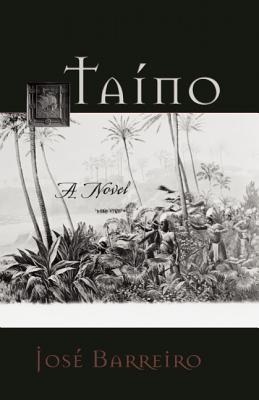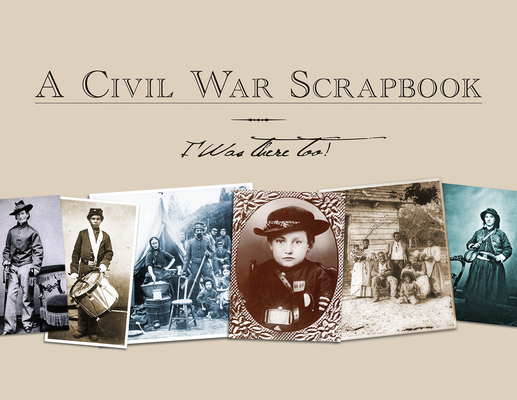“Written” by Guaikán, the elderly Taino man who, in his youth, was
adopted by Christopher Columbus and saw history unfold, Taino is the
Indian chronicle of the American encounter, the Native view on Columbus,
and what happened
in the Caribbean. This novel, based on a true story, penetrates the
historical veil that still enshrines the “discovery.”
The history of water development . . . offers a particularly fine post for observing the astonishing and implausible workings of historical change and, in response, for cultivating an appropriate level of humility and modesty in our anticipations of our own unknowable future.
Tracing the origins and growth of the Denver Water Department, this study of water and its unique role and history in the West, as well as in the nation, raises questions about the complex relationship among cities, suburbs, and rural areas, allowing us to consider this precious resource and its past, present, and future with both optimism and realism.
Join a family as they visit an old friend—one of the last river rats—and embark on a lifetime adventure exploring nature's wonders and the circle of life.
On the banks of a backwater swamp along the Upper Mississippi River, the last river rat sits next to his shack. The dense woods surround him. As he looks out over the wetlands, there are no human sounds to interfere with the chirping of birds, the rustling of leaves, and the rippling of the water. The cool autumn air and the golden light of the shortening days make him wistful, and his mind turns to days gone by—being a kid, outdoor adventures, growing up, watching the world change around him. He smiles, remembering it all and mulling over which stories he'll tell.
A car appears around the bend, and the woodsman greets his visitors with a grin. They are adults now, with children of their own slamming the car doors, but in their faces he still sees them as kids.
"Been a long time," he says, sharing hugs. "C'mon. I'll show you around…"
A Civil War Scrapbook is a multicultural Civil War history for children. The book gives a fresh perspective on the Civil War by not only featuring chronological information, but also focusing on the different types of people and their place in the war. This ambitious book emphasizes the roles of the children, women, minorities, and even pets that became mascots in the war.
A Civil War Scrapbook is enhanced with historical photographs, drawings, maps, games, and primary quotes from children. Readers will also enjoy learning about the importance of music in the military, the advances in technology that occurred during the war, the Morse code alphabet, and slang words used during the Civil War. Online material complements the book with bonus information, games, and activities.
The history of water development . . . offers a particularly fine post for observing the astonishing and implausible workings of historical change and, in response, for cultivating an appropriate level of humility and modesty in our anticipations of our own unknowable future.
Tracing the origins and growth of the Denver Water Department, this study of water and its unique role and history in the West, as well as in the nation, raises questions about the complex relationship among cities, suburbs, and rural areas, allowing us to consider this precious resource and its past, present, and future with both optimism and realism.
Join a family as they visit an old friend—one of the last river rats—and embark on a lifetime adventure exploring nature's wonders and the circle of life.
On the banks of a backwater swamp along the Upper Mississippi River, the last river rat sits next to his shack. The dense woods surround him. As he looks out over the wetlands, there are no human sounds to interfere with the chirping of birds, the rustling of leaves, and the rippling of the water. The cool autumn air and the golden light of the shortening days make him wistful, and his mind turns to days gone by—being a kid, outdoor adventures, growing up, watching the world change around him. He smiles, remembering it all and mulling over which stories he'll tell.
A car appears around the bend, and the woodsman greets his visitors with a grin. They are adults now, with children of their own slamming the car doors, but in their faces he still sees them as kids.
"Been a long time," he says, sharing hugs. "C'mon. I'll show you around…"
A Civil War Scrapbook is a multicultural Civil War history for children. The book gives a fresh perspective on the Civil War by not only featuring chronological information, but also focusing on the different types of people and their place in the war. This ambitious book emphasizes the roles of the children, women, minorities, and even pets that became mascots in the war.
A Civil War Scrapbook is enhanced with historical photographs, drawings, maps, games, and primary quotes from children. Readers will also enjoy learning about the importance of music in the military, the advances in technology that occurred during the war, the Morse code alphabet, and slang words used during the Civil War. Online material complements the book with bonus information, games, and activities.




No comments:
Post a Comment